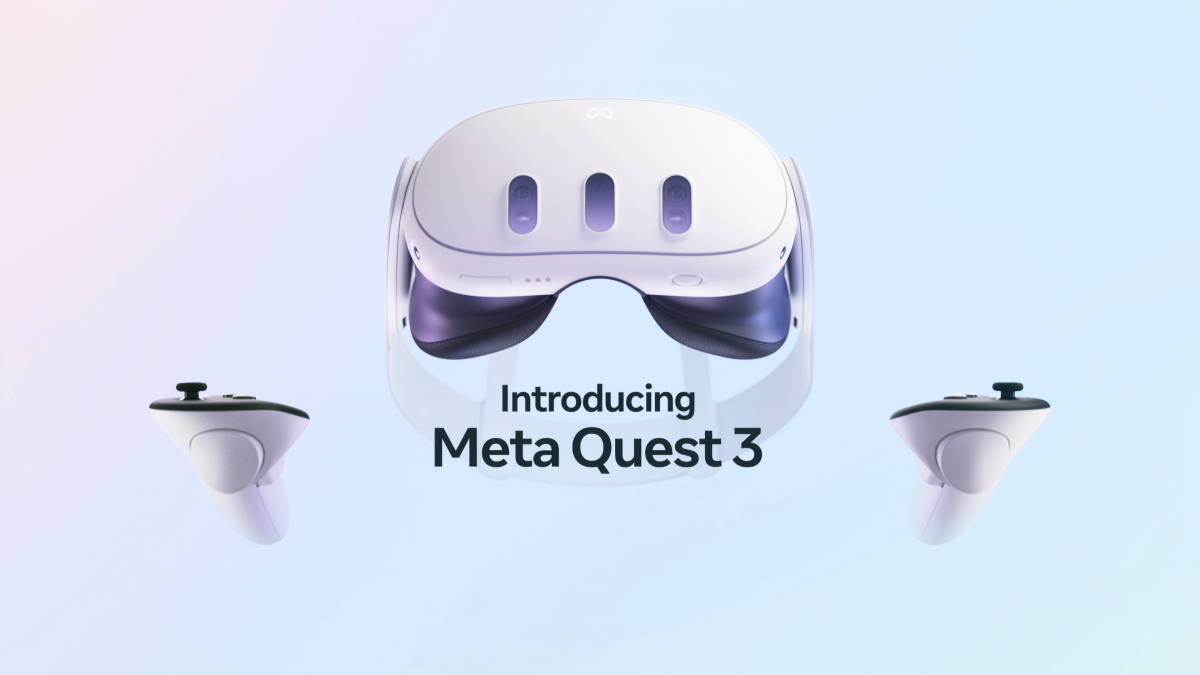Since the game has now started shipping to Kickstarter backers and is also available on the Bitmap Bureau online store too, I figured I’d share my thoughts.
Now, I don’t have an original SNES console anymore, which is currently the only way to play the game for this particular system (no digital version), so I can’t play it directly myself, but it certainly looks and sounds great from everything I’ve seen and heard with my own eyes and ears. And the controls in particular seem to be a real highlight in this version too according to all the previews/reviews thus far from people who actually own it, which makes sense, as the SNES’ controller is particularly well-suited to this type of dual 8-way moving and 8-way shooting gameplay.






